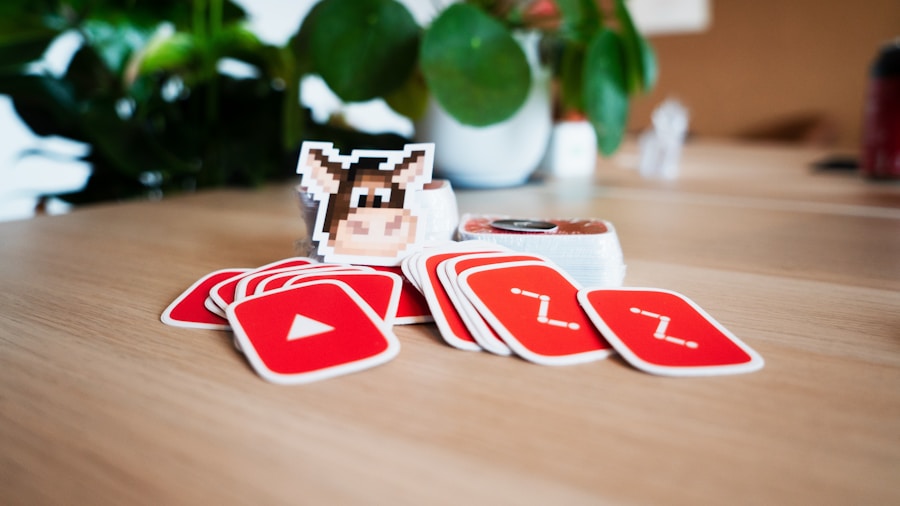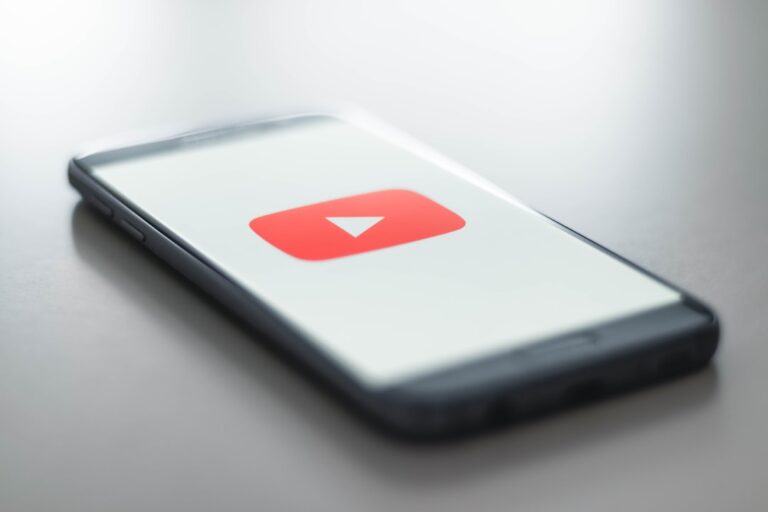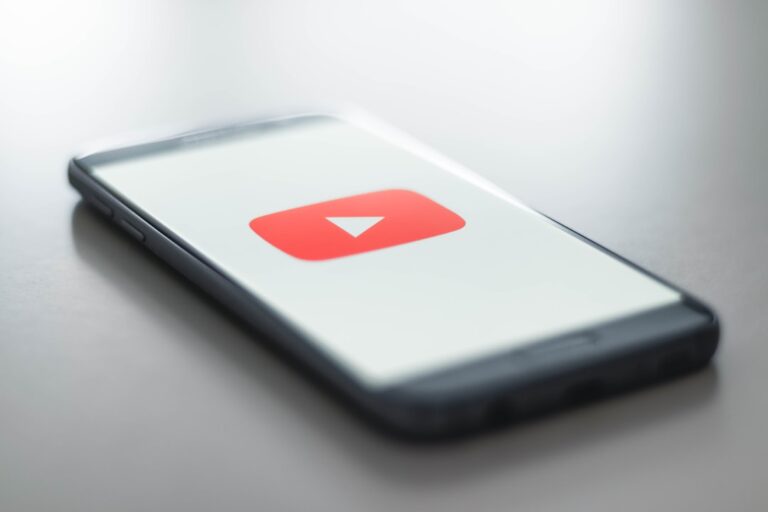YouTube Kids was launched in February 2015 as a dedicated platform designed to provide a safer online environment for children to explore and enjoy video content. This app is tailored specifically for younger audiences, featuring a user-friendly interface that allows children to navigate easily through a plethora of videos. The platform aims to offer a more controlled experience compared to the standard YouTube, where content can be unpredictable and sometimes inappropriate for children.
YouTube Kids is equipped with various parental controls, allowing caregivers to customize the viewing experience according to their child’s age and interests. The app features a wide array of content, ranging from animated shows and music videos to educational programming. It is designed to cater to children aged 2 to 12, with content organized into categories such as “Shows,” “Music,” “Learning,” and “Explore.” This categorization not only helps children find their favorite videos but also encourages them to discover new interests.
The platform has become increasingly popular among families, as it provides a convenient way for children to access engaging and age-appropriate content while giving parents peace of mind regarding what their children are watching.
Key Takeaways
- YouTube Kids is a platform designed for children to access age-appropriate content and educational videos.
- Educational content on YouTube Kids can enhance children’s learning, creativity, and critical thinking skills.
- Popular educational channels on YouTube Kids include National Geographic Kids, Sesame Street, and PBS Kids.
- Parents can navigate and filter educational content on YouTube Kids by using the app’s parental controls and content settings.
- To ensure safe and educational viewing on YouTube Kids, parents should monitor their children’s screen time, set viewing limits, and engage in co-viewing.
Benefits of Educational Content on YouTube Kids
One of the most significant advantages of YouTube Kids is its extensive library of educational content that can enhance children’s learning experiences. Educational videos on the platform cover a wide range of subjects, including science, mathematics, language arts, and social studies. These videos often incorporate engaging visuals, animations, and storytelling techniques that make learning enjoyable and accessible for young viewers.
By presenting complex concepts in a simplified manner, educational content on YouTube Kids can help children grasp foundational knowledge that is crucial for their academic development. Moreover, the interactive nature of many educational videos encourages active participation from children. For instance, channels that focus on science experiments or DIY projects often prompt viewers to engage in hands-on activities alongside the video.
This not only reinforces the concepts being taught but also fosters creativity and critical thinking skills. Additionally, educational content can serve as a supplementary resource for parents who wish to reinforce what their children are learning in school. By integrating these videos into their children’s daily routines, parents can create a more holistic learning environment that extends beyond traditional classroom settings.
Popular Educational Channels on YouTube Kids

Several channels on YouTube Kids have gained immense popularity for their high-quality educational content. One such channel is “PBS Kids,” which features a variety of animated series that teach children about social skills, problem-solving, and basic academic concepts. Shows like “Arthur” and “Curious George” not only entertain but also impart valuable lessons about friendship, empathy, and perseverance.
The engaging characters and relatable storylines resonate with young audiences, making learning feel like an adventure rather than a chore. Another notable channel is “National Geographic Kids,” which offers a wealth of information about wildlife, geography, and science. Through captivating visuals and fascinating facts, this channel ignites children’s curiosity about the world around them.
Videos often include real-life footage of animals in their natural habitats, providing an immersive learning experience that textbooks alone cannot offer. Additionally, channels like “StoryBots” combine education with entertainment by using catchy songs and humor to teach children about various subjects, from the alphabet to basic math concepts.
How to Navigate and Filter Educational Content on YouTube Kids
| Metrics | Statistics |
|---|---|
| Number of educational channels | Over 1,000 |
| Percentage of educational videos | More than 75% |
| Filter options available | Age, content type, and search history |
| Number of languages supported | Over 80 languages |
| Parental control features | Customized content settings and timer |
Navigating YouTube Kids is designed to be intuitive, allowing children to explore content with minimal assistance from adults. The app features a simple layout with large icons representing different categories, making it easy for young users to find what they are looking for. However, parents can also take advantage of the filtering options available within the app to ensure that their children are exposed only to age-appropriate educational content.
To filter content effectively, parents can set up profiles for each child based on their age group. This allows the app to curate videos that are suitable for that specific age range. Additionally, parents can utilize the “Approved Content” feature, which enables them to handpick videos or channels that they deem appropriate for their children.
This level of customization empowers parents to take an active role in their child’s viewing habits while still allowing children the freedom to explore within safe boundaries.
Tips for Parents to Ensure Safe and Educational Viewing on YouTube Kids
While YouTube Kids offers a safer environment compared to its parent platform, it is still essential for parents to remain vigilant about their children’s viewing habits. One effective strategy is to co-view videos with children whenever possible. By watching together, parents can engage in discussions about the content, ask questions, and clarify any misconceptions that may arise.
This not only enhances the learning experience but also strengthens the parent-child bond through shared activities. Another important tip is to establish clear guidelines regarding screen time and content consumption. Parents should communicate with their children about how much time they can spend on YouTube Kids each day and what types of content are acceptable.
Setting these boundaries helps children develop healthy viewing habits and encourages them to seek out educational content rather than mindless entertainment. Additionally, parents should regularly review their child’s viewing history to ensure that they are engaging with appropriate material and to identify any new interests that may have emerged.
The Impact of Educational Content on Children’s Learning and Development

The impact of educational content on children’s learning and development is profound and multifaceted. Research has shown that exposure to high-quality educational programming can significantly enhance cognitive skills in young children. For instance, studies indicate that children who engage with educational videos demonstrate improved vocabulary acquisition and comprehension skills compared to those who do not have access to such resources.
This is particularly important during early childhood when language development is critical. Furthermore, educational content can foster social-emotional development by teaching children about empathy, cooperation, and problem-solving. Many educational channels incorporate themes of teamwork and friendship into their narratives, helping children understand the importance of collaboration in achieving common goals.
As they watch characters navigate challenges together, children learn valuable lessons about resilience and emotional intelligence that will serve them well throughout their lives.
Potential Risks and Concerns of Educational Content on YouTube Kids
Despite its many benefits, there are potential risks associated with educational content on YouTube Kids that parents should be aware of. One concern is the possibility of exposure to inappropriate or misleading information. While YouTube Kids employs algorithms and human reviewers to filter content, no system is foolproof.
Occasionally, videos that do not meet the platform’s standards may slip through the cracks, exposing children to unsuitable material. Another issue is the potential for excessive screen time. While educational videos can be beneficial, they should not replace other essential activities such as outdoor play, reading books, or engaging in face-to-face interactions with peers and family members.
Parents must strike a balance between screen time and other forms of learning and play to ensure that their children’s development remains well-rounded. Encouraging breaks from screens and promoting diverse activities can help mitigate these risks while still allowing children to benefit from educational content.
The Future of Educational Content on YouTube Kids
As technology continues to evolve, so too does the landscape of educational content available on platforms like YouTube Kids. The future holds exciting possibilities for enhancing children’s learning experiences through innovative approaches such as augmented reality (AR) and virtual reality (VR). These technologies have the potential to create immersive learning environments where children can explore complex subjects in ways that were previously unimaginable.
Moreover, as more educators and content creators recognize the value of digital platforms for teaching, we can expect an influx of high-quality educational programming tailored specifically for young audiences. This shift will likely lead to increased collaboration between educators and content creators, resulting in resources that align more closely with educational standards and curricula. As we look ahead, it is clear that YouTube Kids will continue to play a pivotal role in shaping how children learn and engage with the world around them through digital media.












